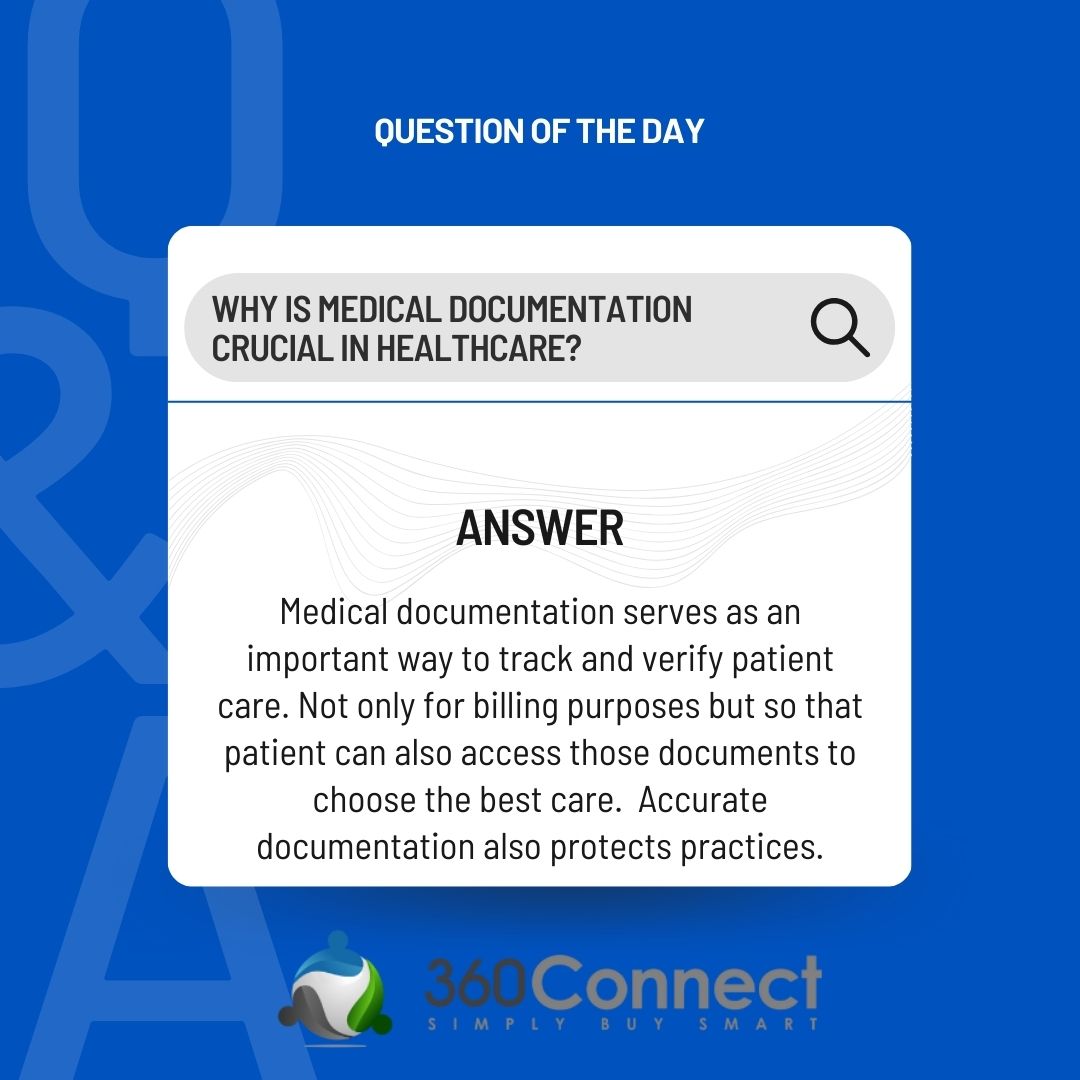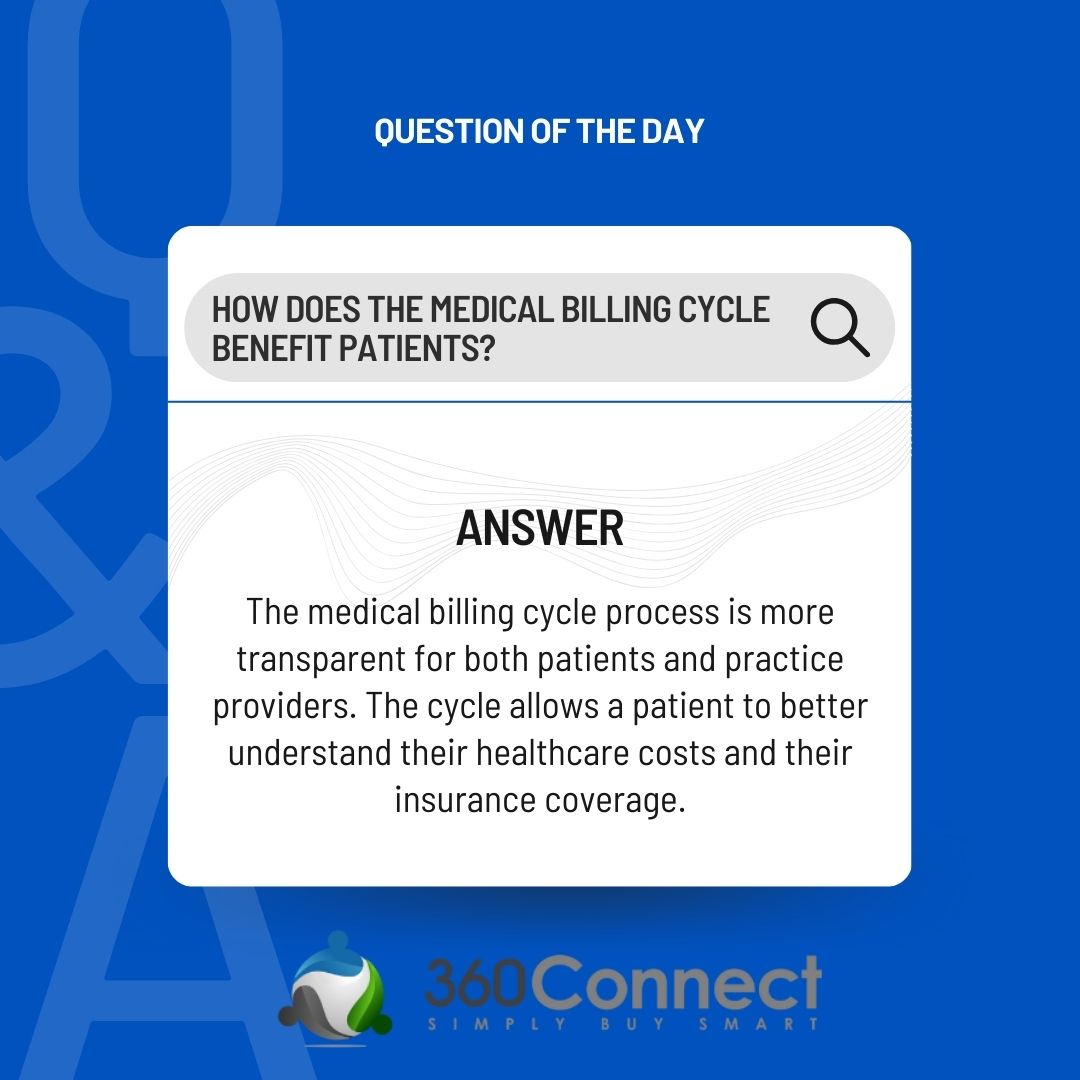One of the most important aspects of any healthcare practice is the medical documentation and billing cycle they have to go through. The right practices can make sure your practice gets paid and patients don’t have to deal with the hassle of confusing billing. Let’s break it down.
Editor’s Note: This article is not legal advice. Please consult a professional in the field for personalized medical advice.
What is Medical Documentation?
Medical documentation is the recording of a patient’s medical history (whether on paper or digitally), symptoms, diagnosis, treatment, diagnostic test results, therapies, and any other relevant information relating to care. Medical documentation helps keep a record of a multitude of functions including but not limited to:
- Legal record of patient care
- Patient information
- Basis for billing and claims
- Establishing medical necessity
- Test results
- Treatments and prescriptions
- Patient progress and follow-up
Challenges in Medical Documentation
One of the critical problems of medical documentation is that each practice and medical facility has a different way of capturing this information. Most of the time, practices will use software like EHR, or EMR to record this documentation and streamline the process. These systems can help institute standard practices for your facility.

What is the Medical Billing Cycle?
The medical billing cycle is the process of intaking patients and then billing them for services rendered. This includes the process of taking insurance, coding, making claims, and processing payments. The medical billing cycle is important because it establishes how clinics get reimbursed from insurance providers and are paid by patients for treatments. The billing cycle involves some key aspects:
- Patient registration
- Insurance verification
- Coding and billing
- Claim submission
- Payment processing
- Patient processing
The Role of Medical Documentation in the Billing Cycle
Medical documentation is essential to the medical billing process. Insurance claims are based on the medical documentation and the justification of the treatment provided. This documentation explains the medical necessity of the treatments provided and helps for coding and billing purposes.

Steps for Medical Documentation and Billing Cycle
This is a common guide for medical documentation and billing cycles. Every practice is different, so figure out if this will work best for you.
Patient Registration
The process starts with patient registration, which is about gathering patient information and insurance. Name, Date of Birth, Pre-existing conditions, insurance providers, etc. Utilize electronic tools to minimize errors and ensure data consistency.
Insurance Verification and Coverage Confirmation
Next, you’ll want to verify the patient’s insurance. This allows patients to understand exactly what they are responsible for and what their insurance covers. It also helps you get paid. This process entails checking the patient’s insurance information, understanding the coverage limits, and determining any pre-authorization required for treatments.
Accurate Medical Coding
During this period, you’ll want to input the correct coding for symptoms and what is being treated. The coding portion will also need to include the coding of the medical diagnosis and prescriptions for treatment. You can view the different classifications of medical coding here. Accurate coding is essentially for ensuring that claims are processed smoothly and efficiently by insurance companies.
The Top 10 USA Medical Billing Companies for Medical Practice
Learn MoreComprehensive Patient Documentation
While the patient is being seen, healthcare practitioners must properly document all aspects of patient care. This can include documenting diagnoses, treatment plans, symptoms, interactions, and expected outcomes.
Claim Compilation and Submission
With the correct codes and documentation, the next step is to compile this data into a medical claim. This claim is then submitted to the insurance company for reimbursement purposes.
Insurance Review
Now, insurance will review the claim, and one of three things will happen to the claim:
- Accepted: The claim is accepted and the clinic is reimbursed.
- Denied: Claims have been properly filed but are not covered by the insurance.
- Rejected: Claim cannot be processed due to an inaccuracy or error
Claims may also need to be negotiated by staff. Making sure that your claims do not have errors is the best way for them to be accepted.
Payment Processing
Payment is then received by the clinic from either the insurance or the actual patient. It can often be a combination of payments, so it’s important to follow up with the patient quickly for payment.
Follow-up and Patient Engagement
Lastly, you’ll want to follow up with any patients that have past-due accounts. It’s important to move quickly and make sure that patients pay off their balances to avoid late patient payments. You’ll also want to consider payment plans for certain procedures.
Need Medical Billing Help?
At 360Connect, we help clinics find medical billers who truly understand what they need. Just fill out our 1–2-minute form and we’ll contact you to verify your information and needs. From there, you can expect up to 5 suppliers to reach out to you with quotes! This process is free and easy to use!

